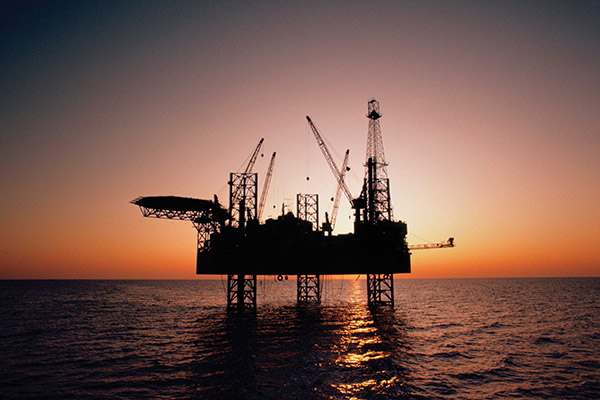April 2018, Vol.245, No.4
Features
Offshore Oil Is Poised For Significant Growth
P&GJ Special Report
Following three painful years of portfolio repositioning, cost cuts, and deferred projects, the offshore oil and gas industry is now more prepared to deliver projects and profits at lower costs and simpler designs.
Currently, U.S. shale is taking center stage in analyses about oil growth stories, and rightfully so – it’s growing at a much faster pace than previously expected. But cost inflation and investor pressure to prefer profits over production may slow down the pace of that growth going forward.
Meanwhile, offshore oil, which suffered from slashed investments during the downturn, is now coming back with projects that have improved economics, in some cases challenging those of U.S. shale. That’s due to the costs that major oil companies slashed after 2014, to simpler designs, and to the super-majors reshaping portfolios and projects to make as much money at $60 Brent as they were making at $100 Brent four years ago.
According to analysts at Bernstein, some 40 new offshore projects could be approved this year, a significant rise compared with 29 projects approved last year and with just 14 projects in 2016, which, according to Reuters data, was the lowest number since at least 1990. Most of the new offshore projects are also expected to be leaner and smaller and average 42,000 bpd of oil equivalents, compared to 69,000 bpd for last year’s projects, according to Bernstein.
Oil majors have already announced some impressive cost reductions in offshore projects.
Shell said last month that it would redevelop the Penguins oil and gas field in the UK North Sea, with a go-forward break-even price below $40 per barrel and peak production at around 45,000 bpd.
Then Statoil said earlier this month that it had reduced the break even for the first phase of its Johan Sverdrup offshore project to below $15 per barrel.
“Their focus on simplification, design enhancements and execution efficiencies have made their offshore prospects competitive with North American shale projects,” Matthew Fitzsimmons, vice president of Cost Analysis at Rystad Energy, said, commenting on the Johan Sverdrup cost reduction.
“Much is made of the Permian, its flexibility and the returns there. But actually infill drilling for a decade creates enormous sources of money,” Bernard Looney, head of BP’s upstream division, told Reuters.
“You will see more deepwater over time, for sure,” Looney said.
Offshore development is needed if the industry is to offset the natural decline of currently producing oil fields, because even with the production boom, shale accounts for just 7% of the global oil supply of 98 MMbpd, whereas offshore oil makes up more than one-quarter of supply.
There are signs that optimism is returning to the upstream, and companies will continue to prefer low-cost high-value oil developments this year, according to energy consultancy Wood Mackenzie.
Oil majors and national oil companies (NOCs) are expected to compete fiercely for discovered resource opportunities offshore Brazil, “bolstered by world-class deepwater economics,” WoodMac says, expecting Mexico’s licensing rounds to draw strong bidding this year as well.
Deepwater Gulf of Mexico, which was badly bruised during the downturn, is also expected to stage a comeback this year, Wood Mackenzie reckons. The U.S. tax overhaul “drastically increased the fiscal competitiveness of deepwater Gulf of Mexico, relative to other offshore basins,” WoodMac said.
Still, current production in the Gulf of Mexico can’t be sustained with conventional deepwater fields, William Turner, Wood Mackenzie’s senior research analyst, said. P&GJ






Comments